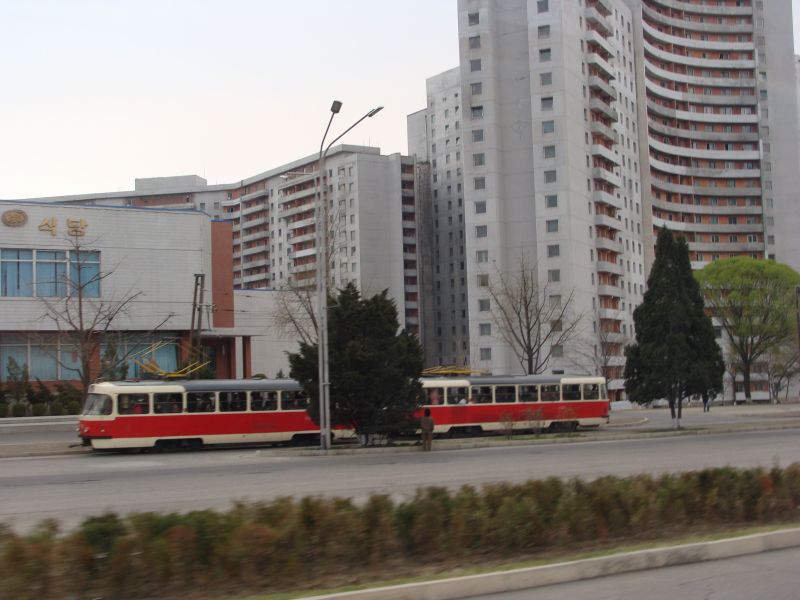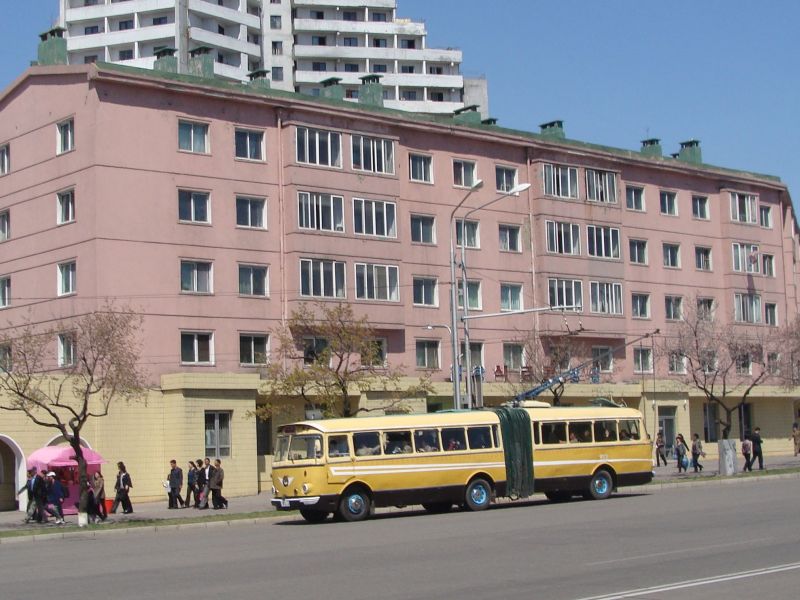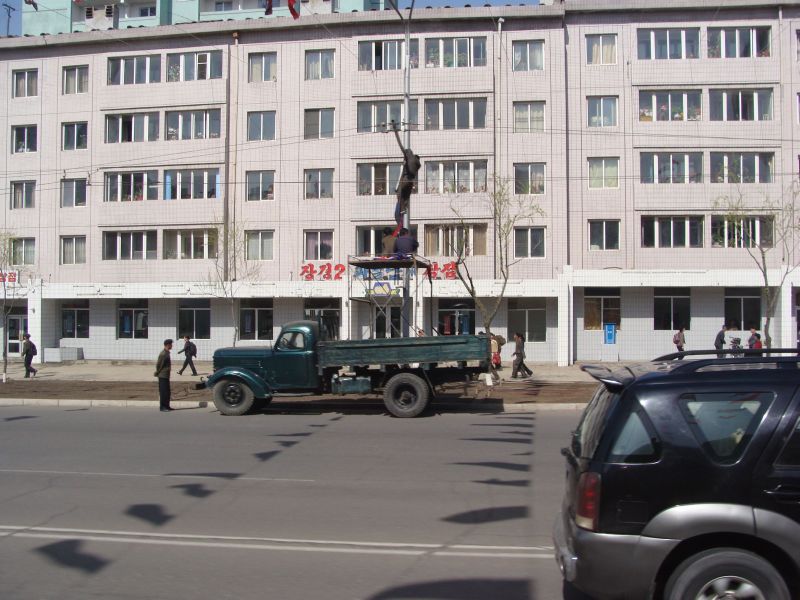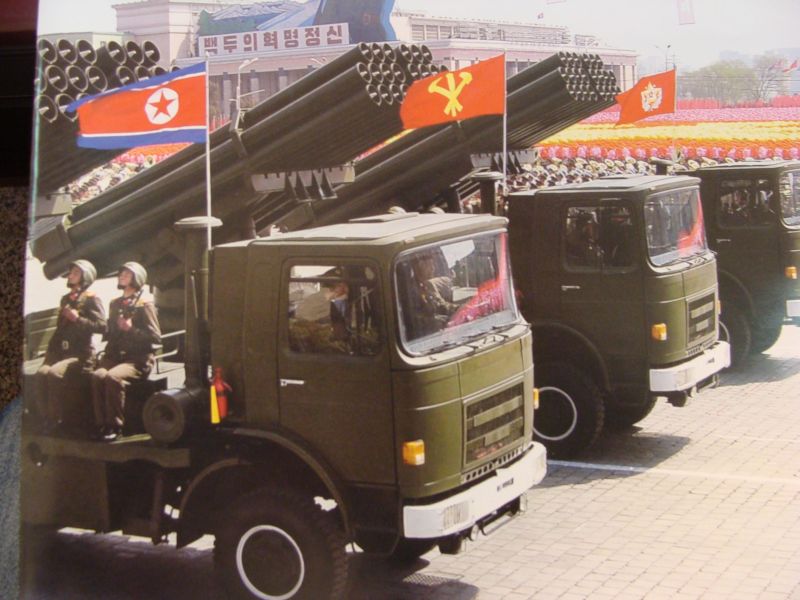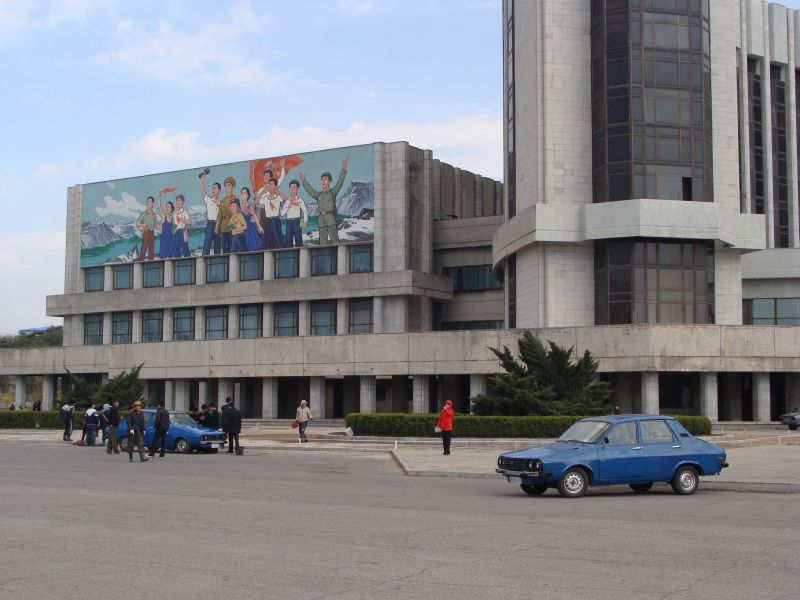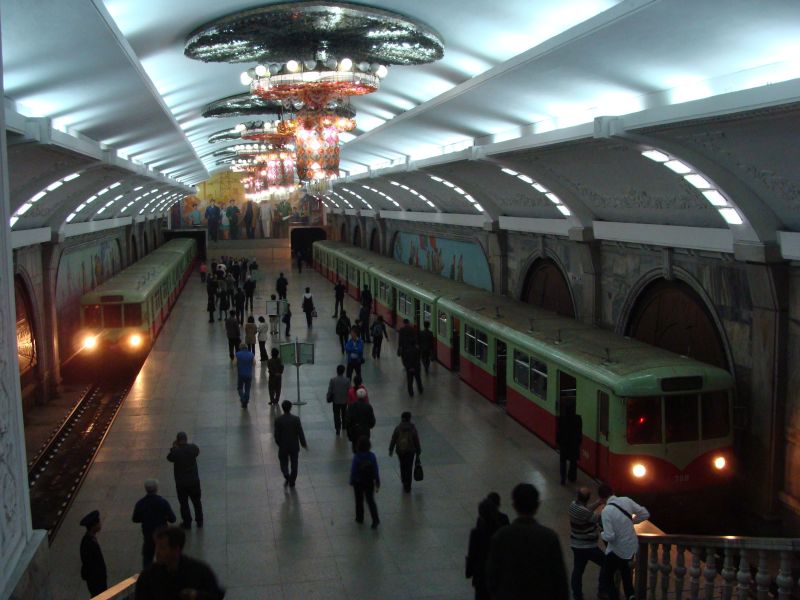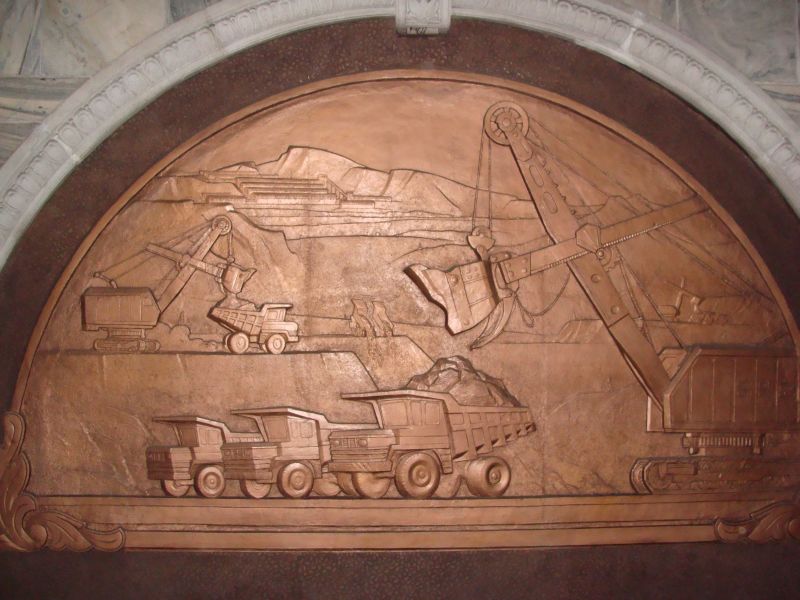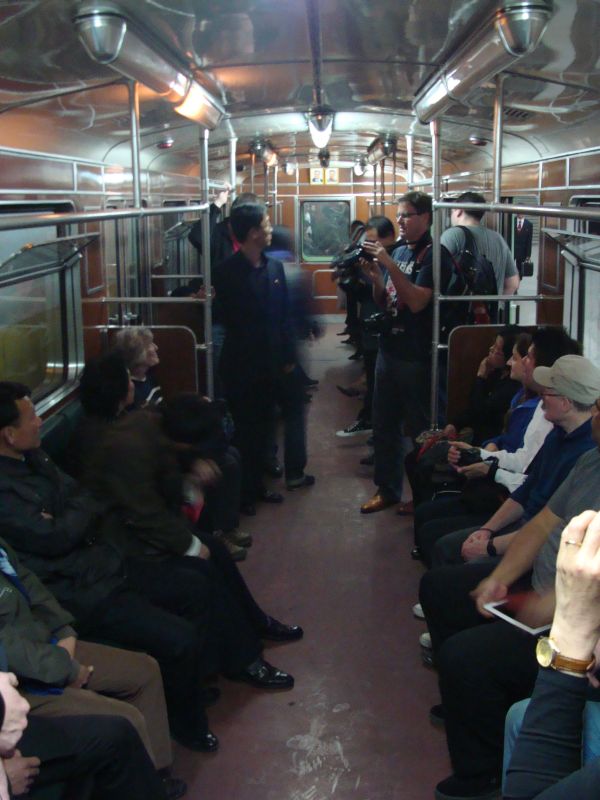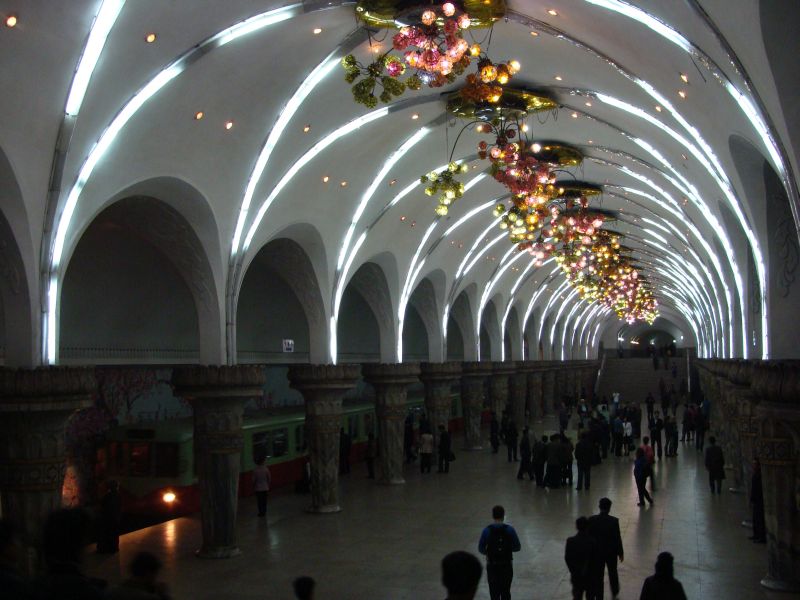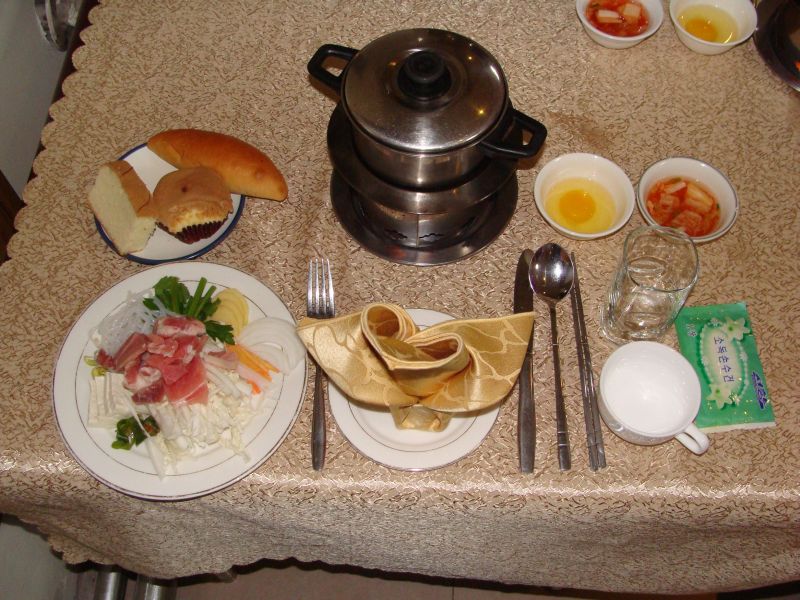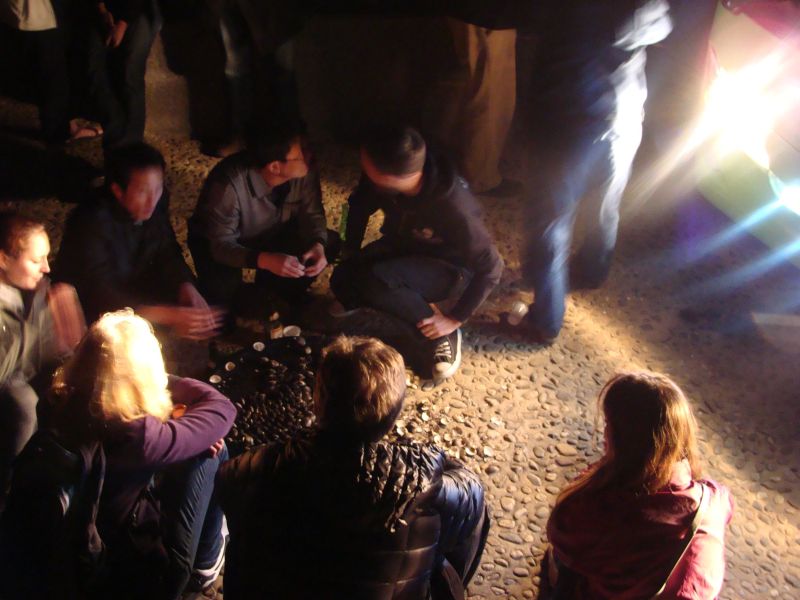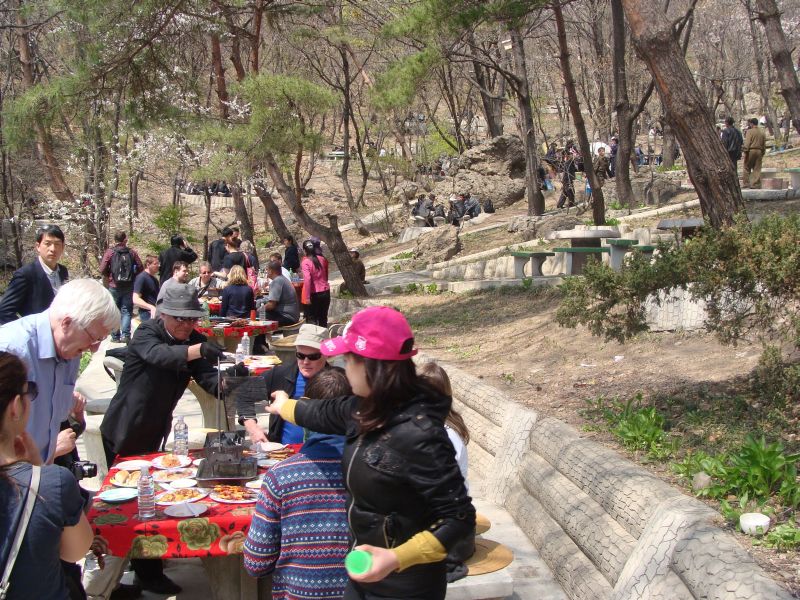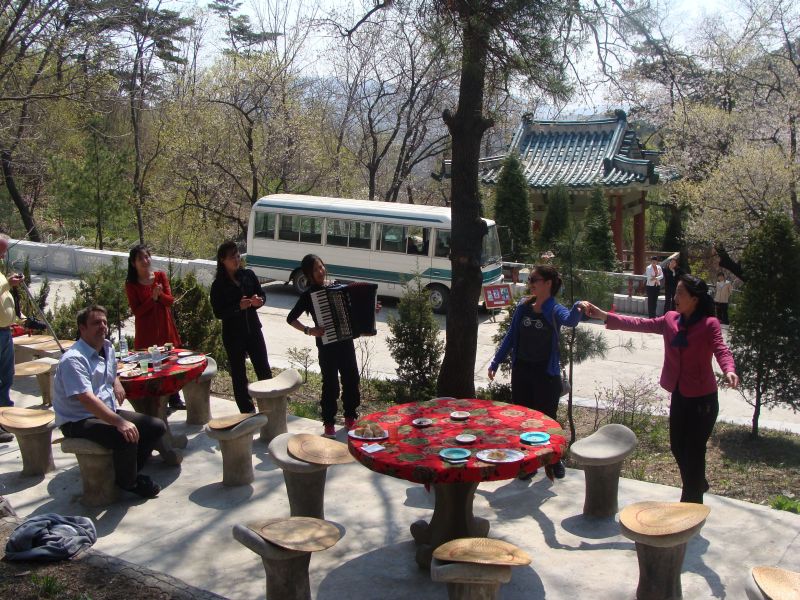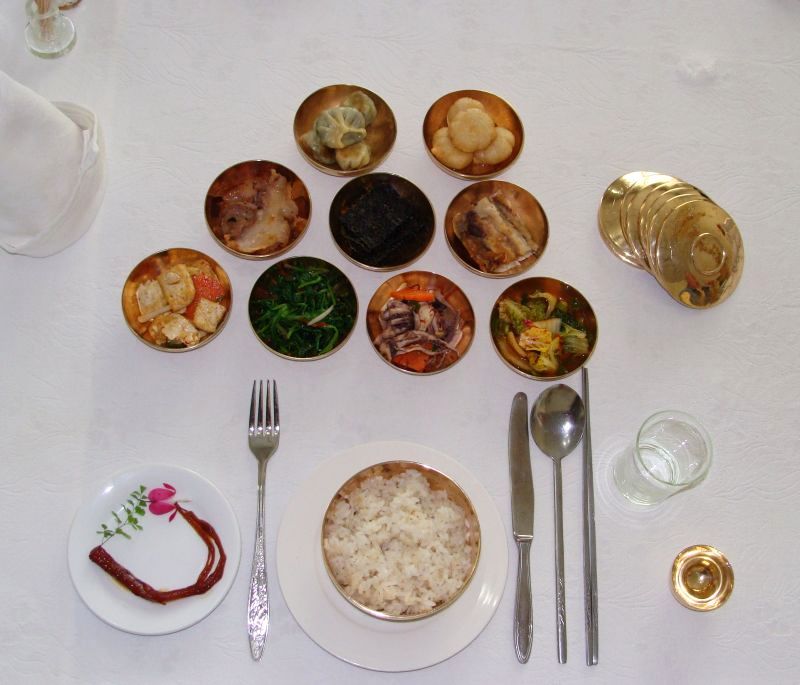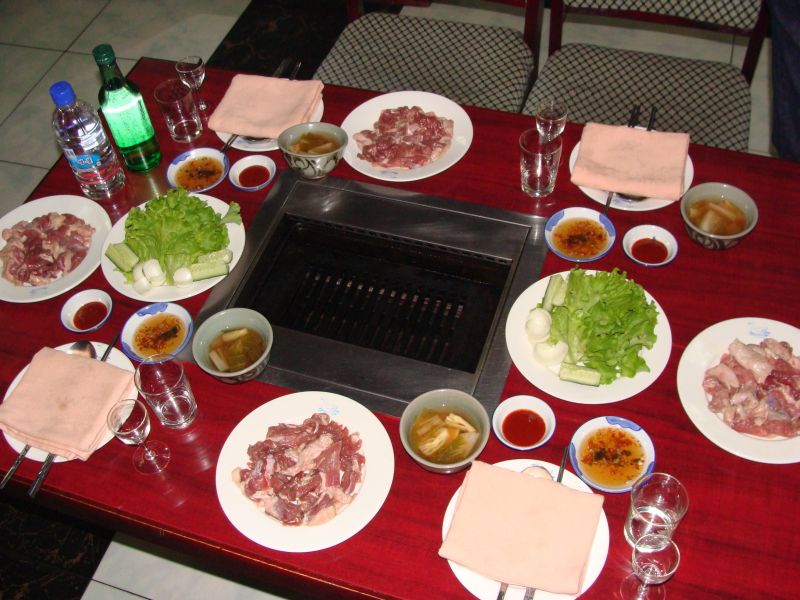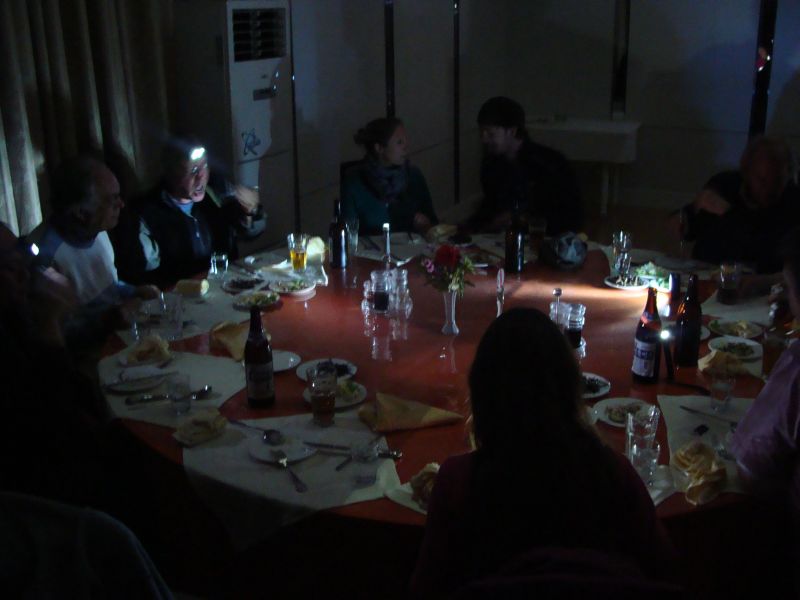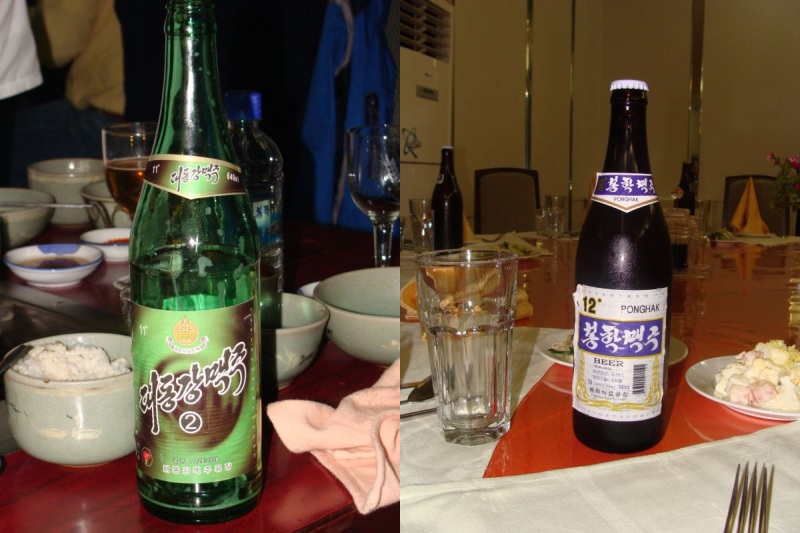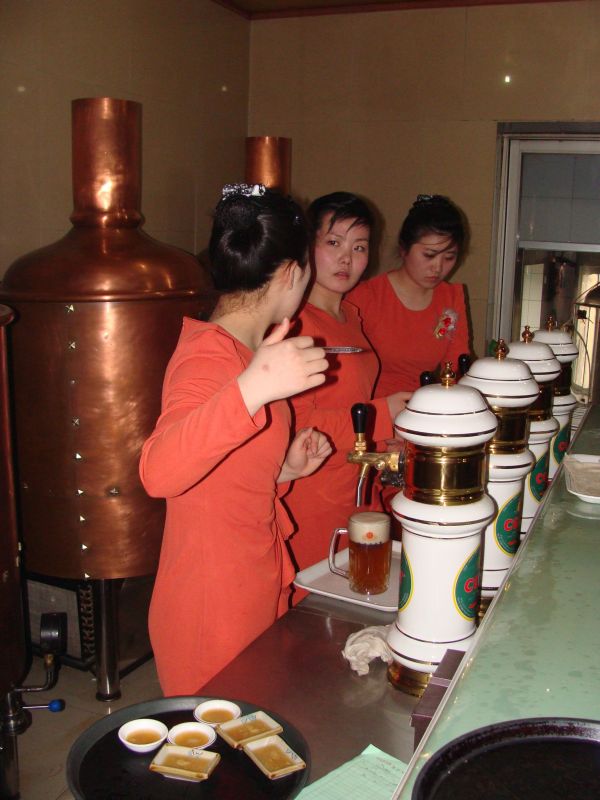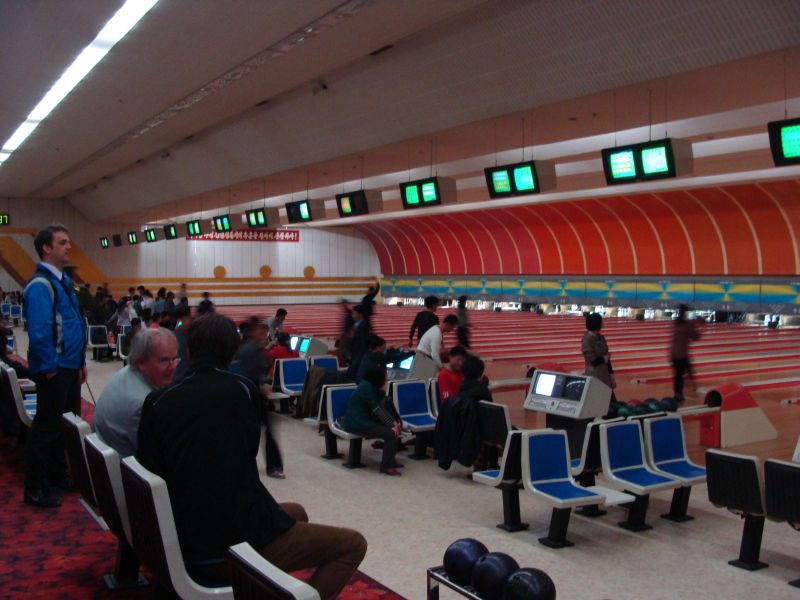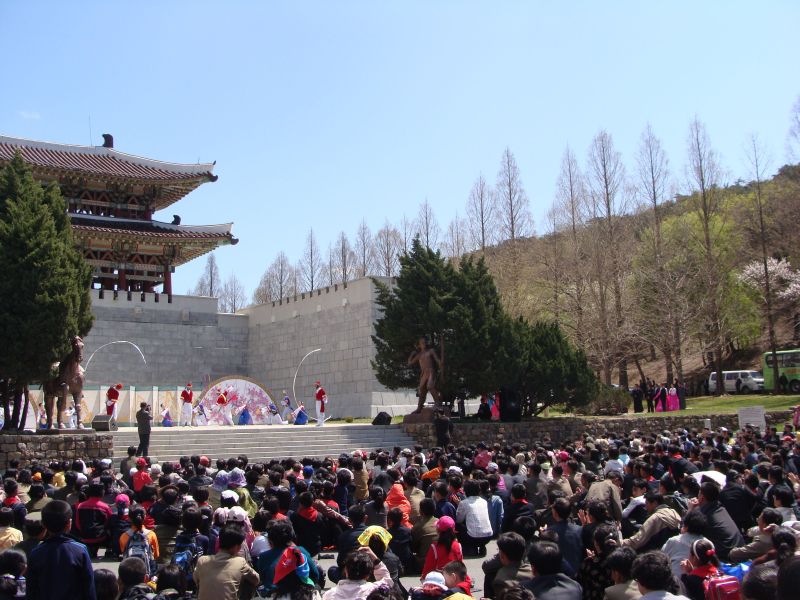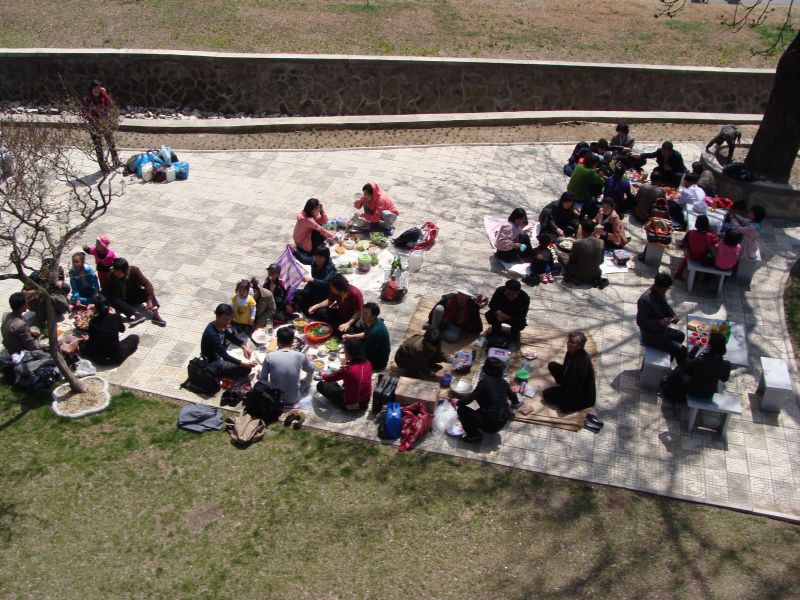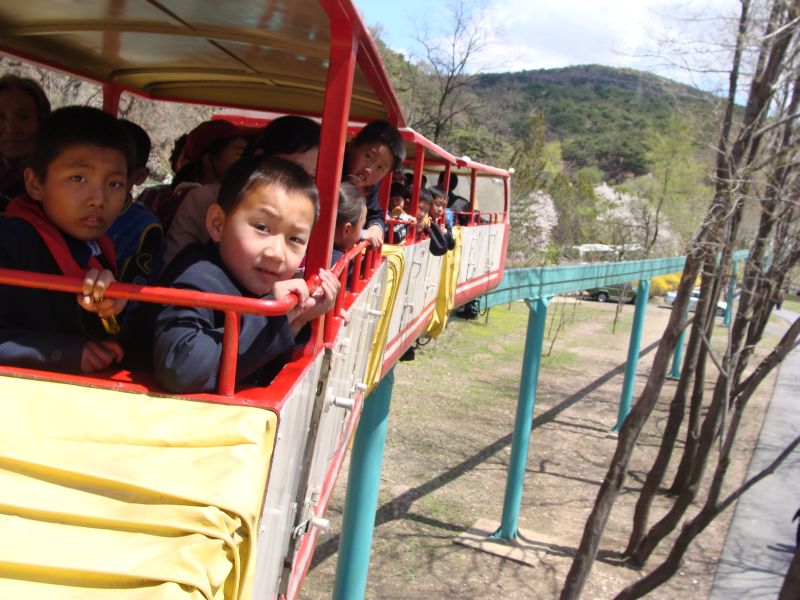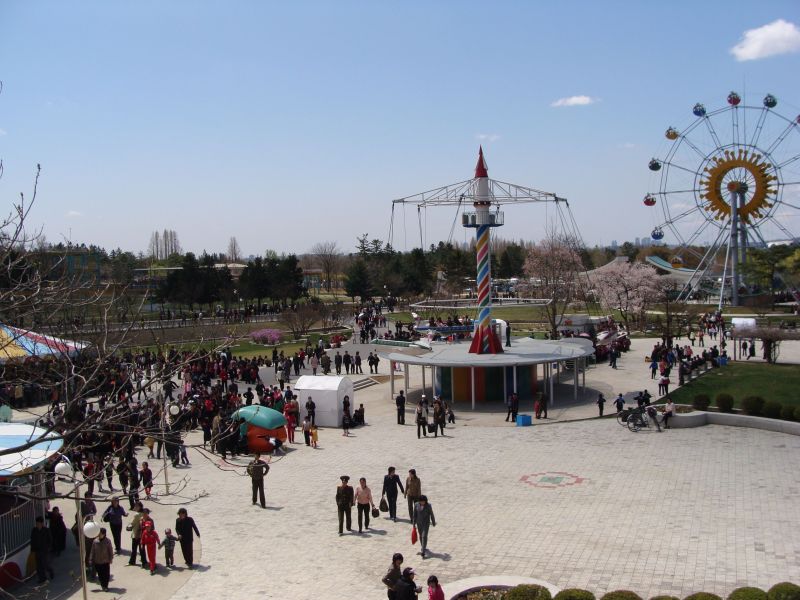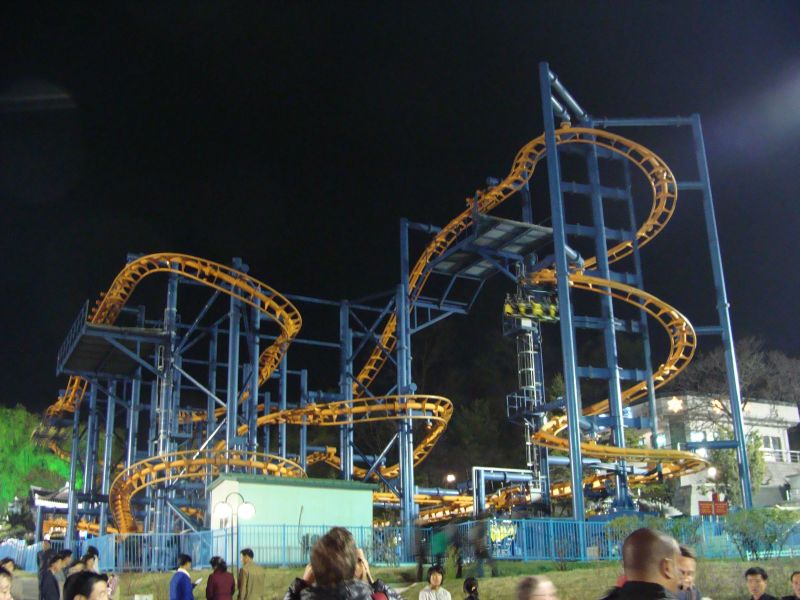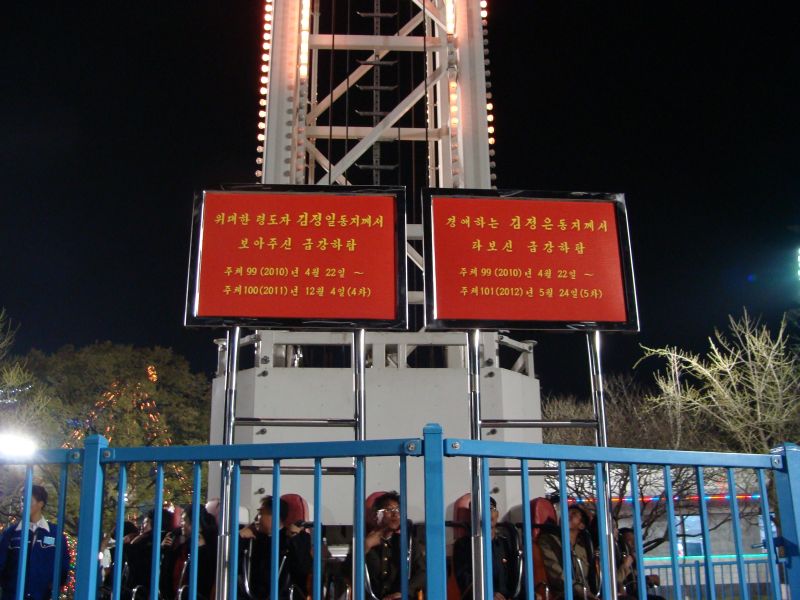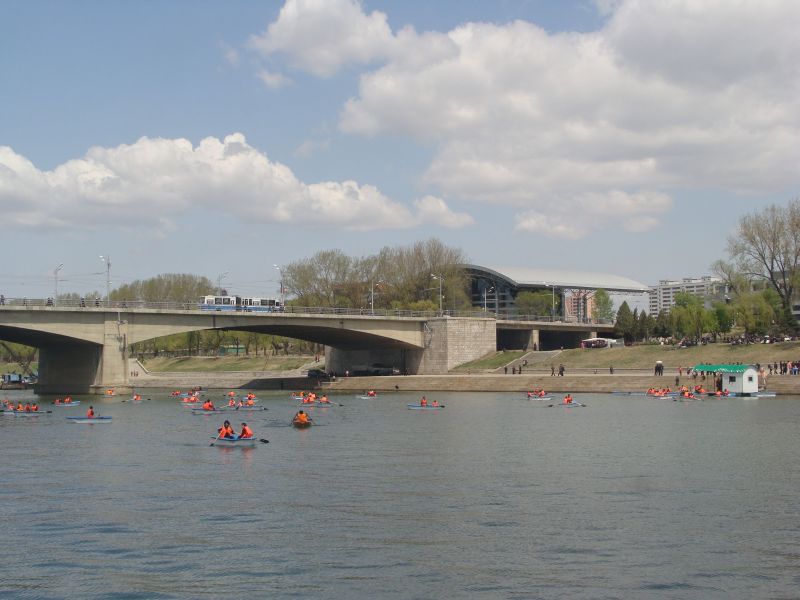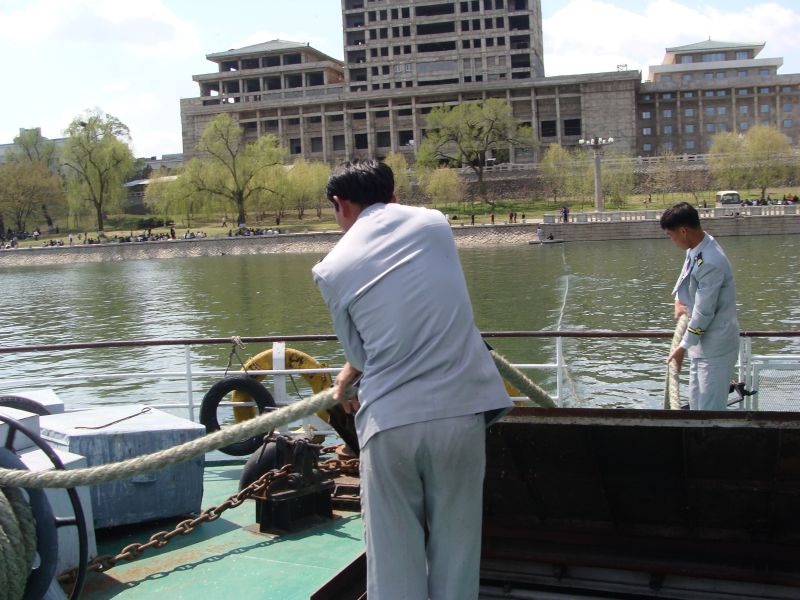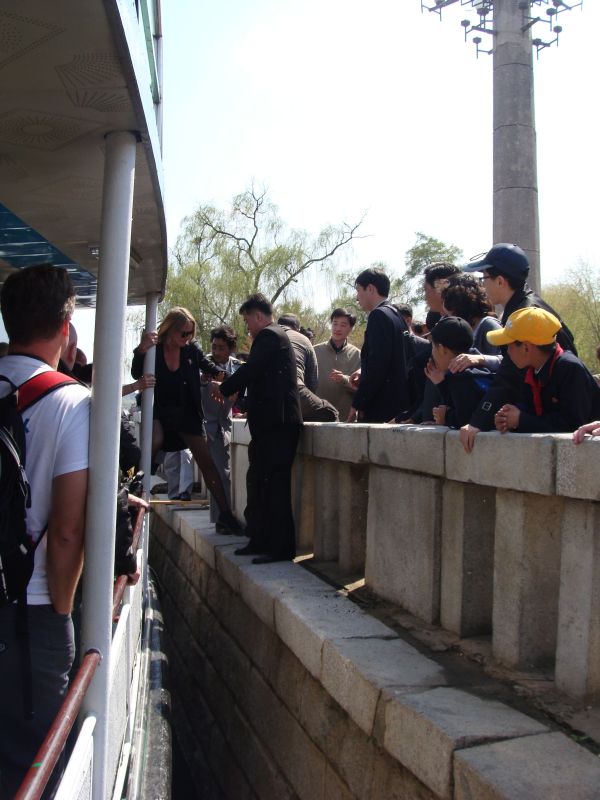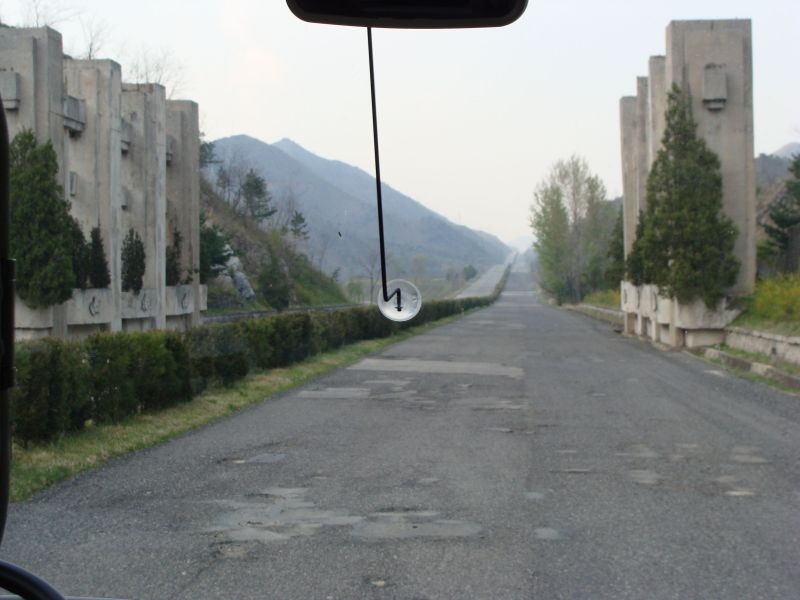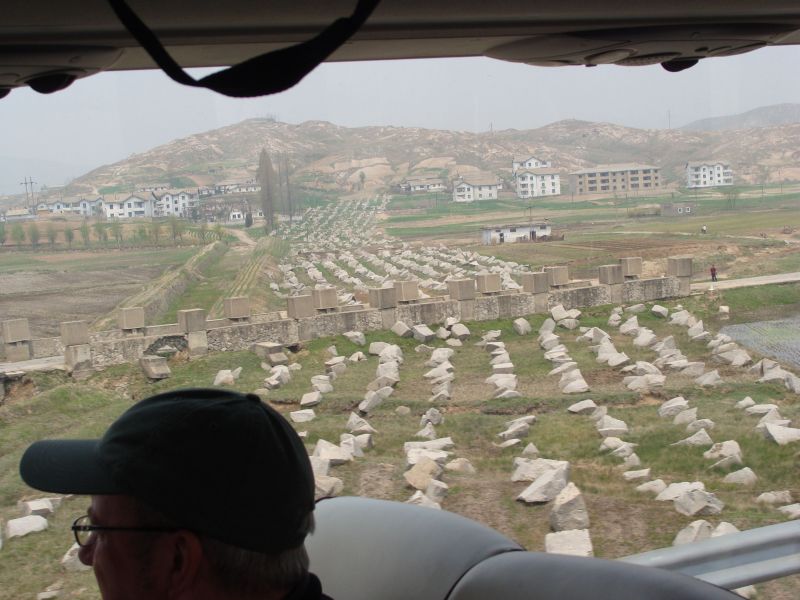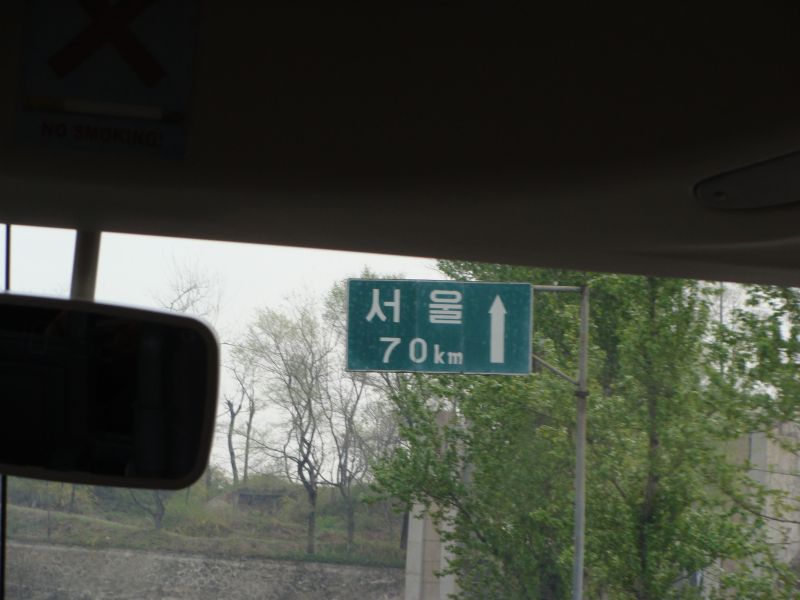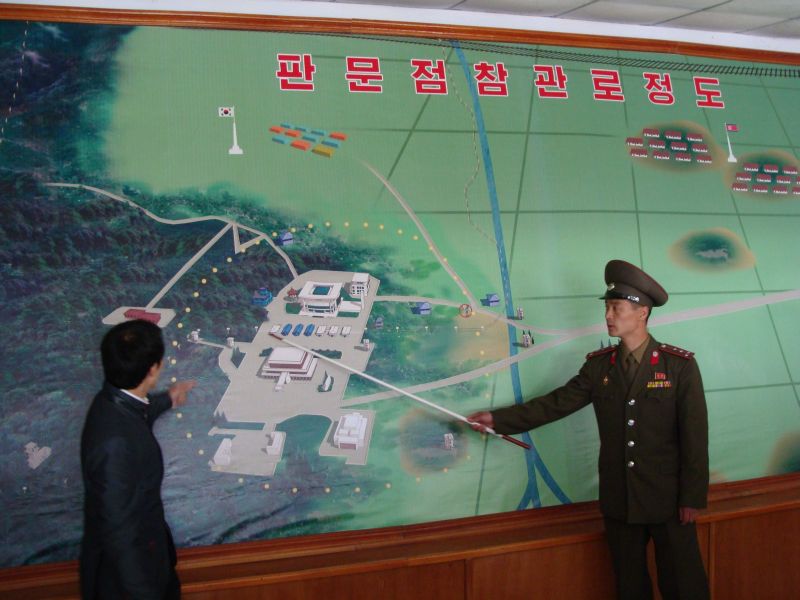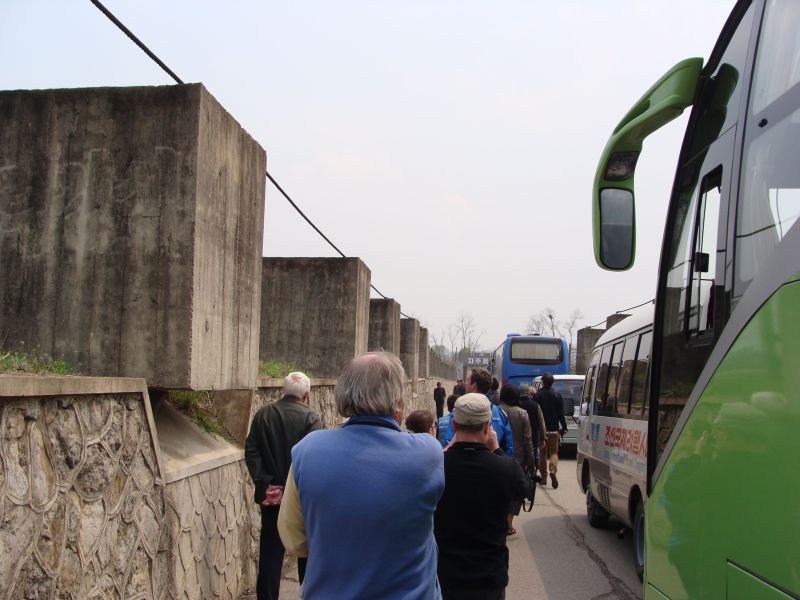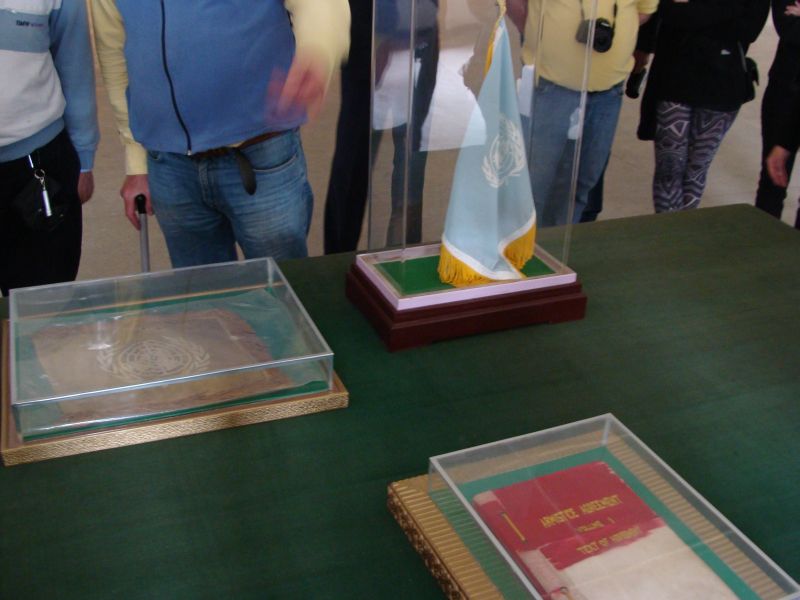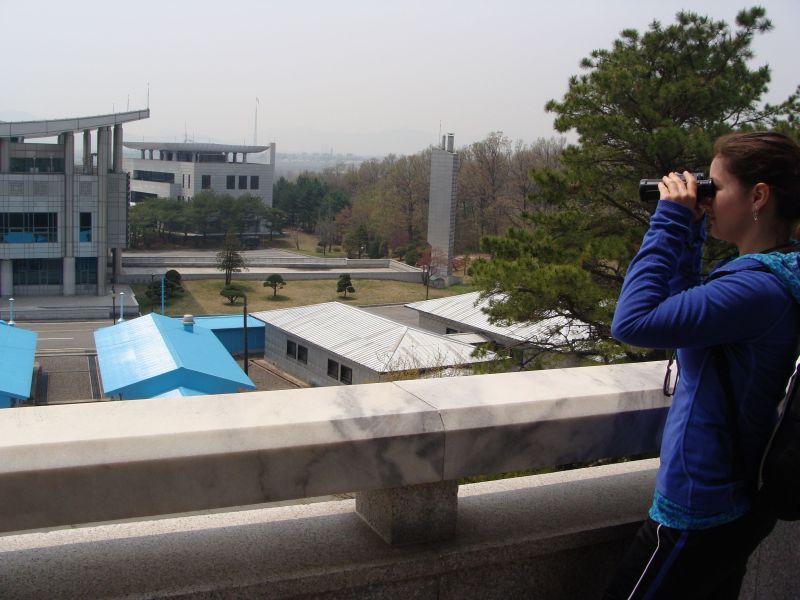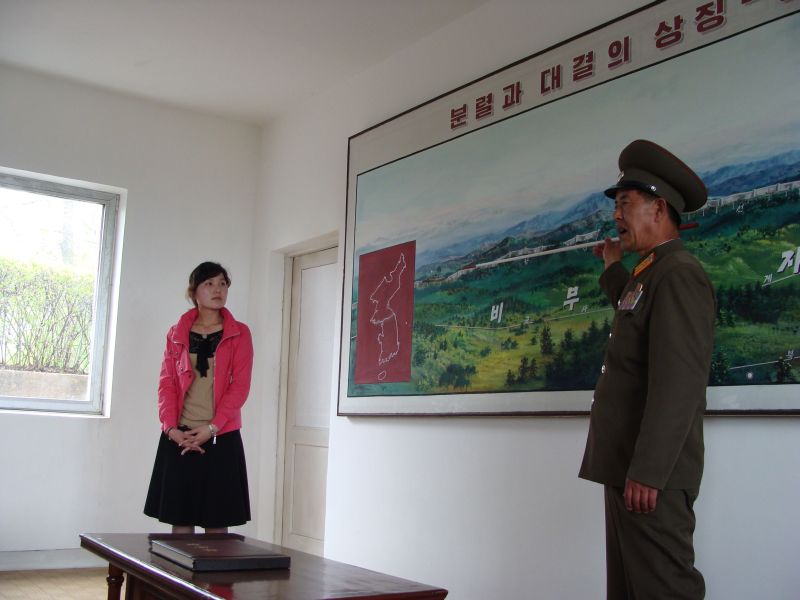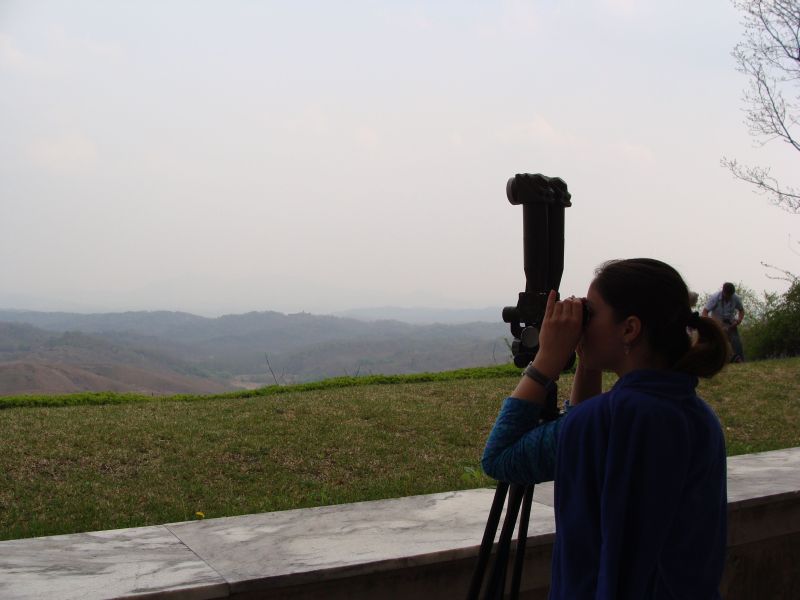| All travelers, except for US citizens, have the option to depart the country by train. We choose to do this to have the chance to see more DPRK. We were briefed not to take photos of railway stations (these being considered military assets) but there was nobody to enforce. |
 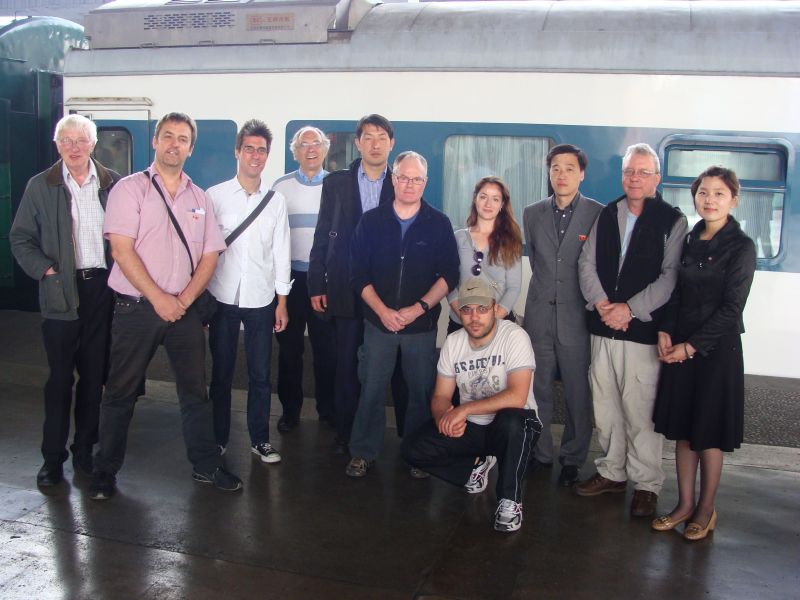  |
| The trip was supposed to take 23 hours, out of which almost 3 hours were to be spend at the border crossing. This was our sleeping compartment, with 4 bunks. |
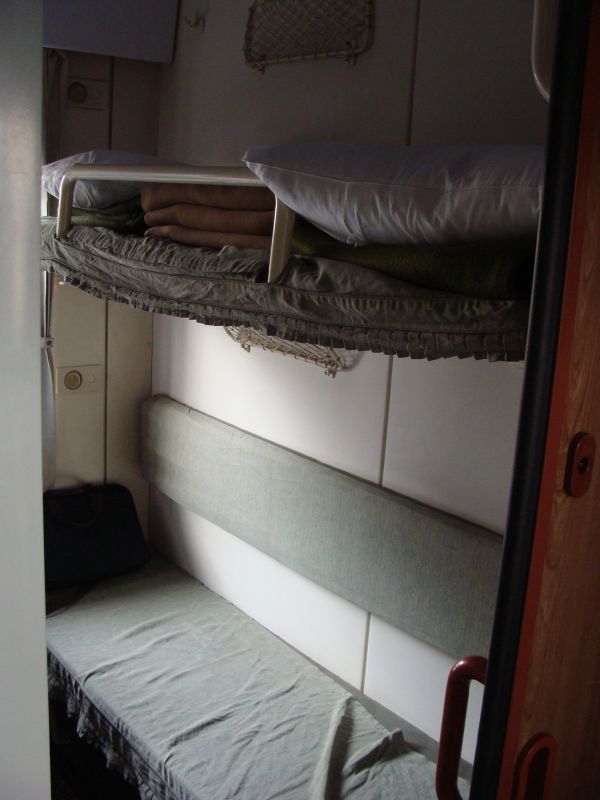 |
| This is the hard sleeper car (called like this probably because it is hard to fell asleep and even harder to remain asleep) where those of us who choose to get off train in Dandong (first station in China) were booked. |
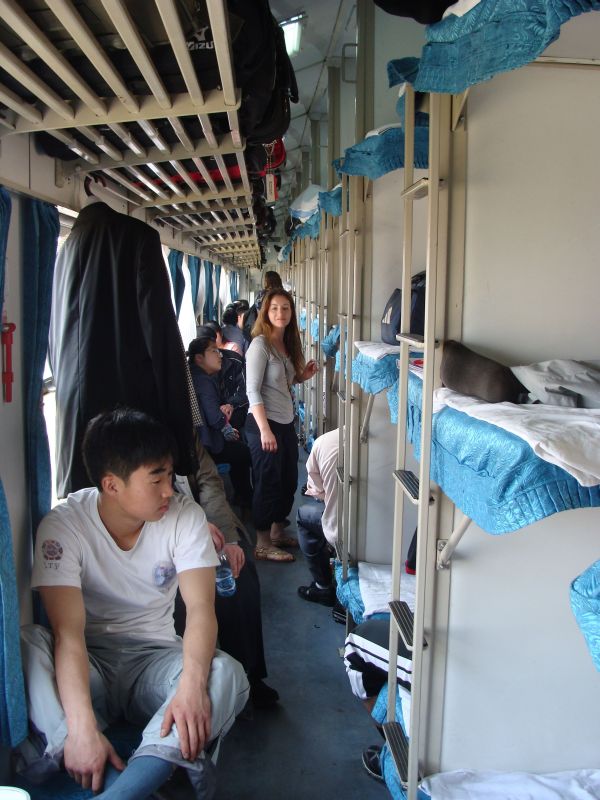 |
| Crossing the Yalu river into China. Note the old bridge, damaged during 1950s war, never rebuilt. |
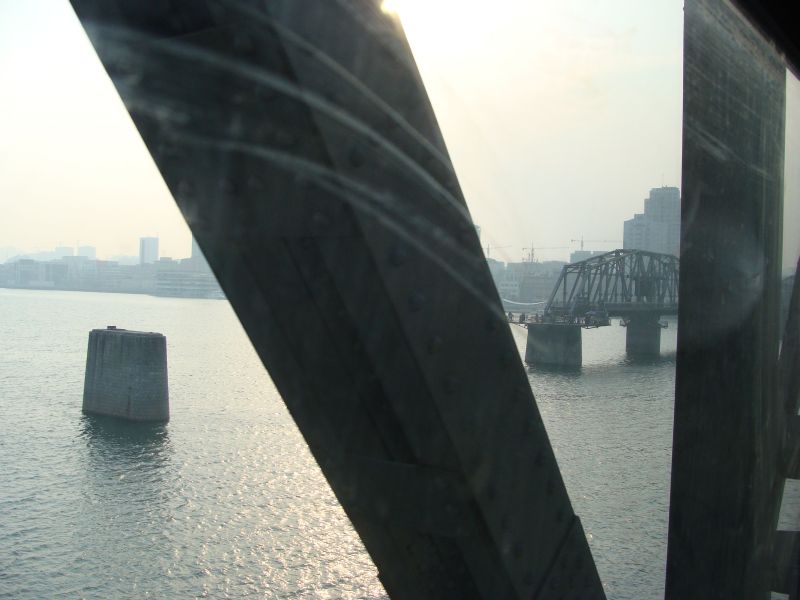 |
| Conclusions:
The primary reason we went to DPRK is the country’s uniqueness. Having been visited Cuba in 2008, this was the last Cold War dinosaur to experience. We found strong resemblance with 1989 Romania. Although I might be wrong, I think 2013 DPRK is around 25% poorer, 25% stricter but also 25% cleaner and neater than Romania was 25 years ago. Furthermore, the Korean staff (Mr Lee, Miss Hann, Mr Hann) performed beyond expectation. They struggled to maintain the balance between being friendly but also follow the rules imposed. The schedule was well balanced, entertaining and exciting. We would like to go back to DPRK some day not for the adventure or the incredible places, but because we felt good overall. Last but not least, thanks to our Koryo tours staff, Hannah and Sarah, for making such unique experience possible. |
